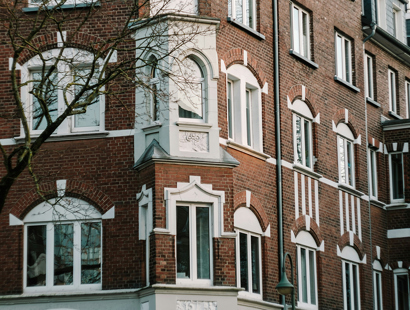
Awaab’s Law—extending safety standards to the private rented sector
This article concludes our six-part series examining the legislative changes reshaping residential lettings in England.
In this briefing, partner Stephen Small and senior associate Caroline Brosnan explore the introduction of Awaab’s Law — named in memory of Awaab Ishak — and its anticipated extension to the private rented sector for the first time.
Background: a tragedy that prompted reform
Awaab Ishak was a two-year-old child who tragically died in 2020 following prolonged exposure to mould in his family’s social housing flat. The coroner found that systemic delays in addressing damp and mould were a direct cause of his death.
In response, the Government committed to introducing legally binding timeframes for landlords to investigate and resolve serious health hazards — a measure now known as ‘Awaab’s Law’.
Initially applicable only to social landlords, the law came into force on 27 October 2025. The Renters' Rights Act will extend these obligations to the private rented sector, marking a significant regulatory shift. However, as of now, no implementation date has been confirmed for private landlords.
What will Awaab’s Law require?
Once in force for private landlords, Awaab’s Law is expected to impose:
- specified timeframes for investigating hazards such as damp, mould, and excess cold. If aligned with the social housing regulations, emergency issues must be addressed within 24 hours, with similarly strict deadlines for non-emergency hazards
- enforceable deadlines for completing remedial works
- mandatory compliance with guidance and standards to be set out in future regulations
Failure to comply may result in:
- enforcement action by local authorities
- civil claims for breach of contract or statutory duty, likely in the form of claims for specific performance to force landlords to undertake necessary works
- rent repayment orders
Implications for private landlords
While many of the issues Awaab’s Law seeks to address are already covered by existing legislation, enforcement has often been inconsistent. The new regime will introduce clearer expectations, stricter obligations, and more robust consequences for non-compliance.
Importantly, it will give tenants a clearer route to seeking injunctive relief from the courts. Landlords will need to have a clear view on what is an emergency and what is not and be ready to justify the decisions they have made.
Landlords, particularly those with smaller portfolios or who self-manage properties, may find these changes challenging.
Key considerations include:
- establishing clear systems to log and triage repair requests, including having reliable contractors on call and able to react within required timeframes and who are able to identify problems and document the steps they have taken to resolve any concerns discovered at a property
- ensuring prompt inspection and diagnosis of damp and mould
- maintaining accurate records of communications and actions taken
Landlords should also review tenancy agreements and property management procedures to ensure they align with the expected response times once the regulations are finalised. Landlords should also explore the market of insurance products available to them as a means of lessening the risks posed to them by the anticipated changes.
Looking ahead
The full detail of Awaab’s Law as it applies to the private rented sector will be set out in secondary legislation. However, its core message is already clear: tenants have a right to safe, healthy housing — and landlords will be held accountable for delivering it.
About Stephen and Caroline
Partner Stephen Small is in the property litigation team, acting for both landlords and tenants, advising on all aspects of commercial, residential and mixed use property related disputes.
Senior associate Caroline Brosnan is also in the property litigation team, acting in a range of housing and property matters, including possession, homelessness, injunction and disrepair claims. She also pursues claims on behalf of clients for breaches of the Equality Act, including racial and disability discrimination.
Get in touch
If you would like to speak with a member of the team you can contact our property litigation solicitors by telephone on +44 (0)20 3826 7525 or complete our enquiry form.





